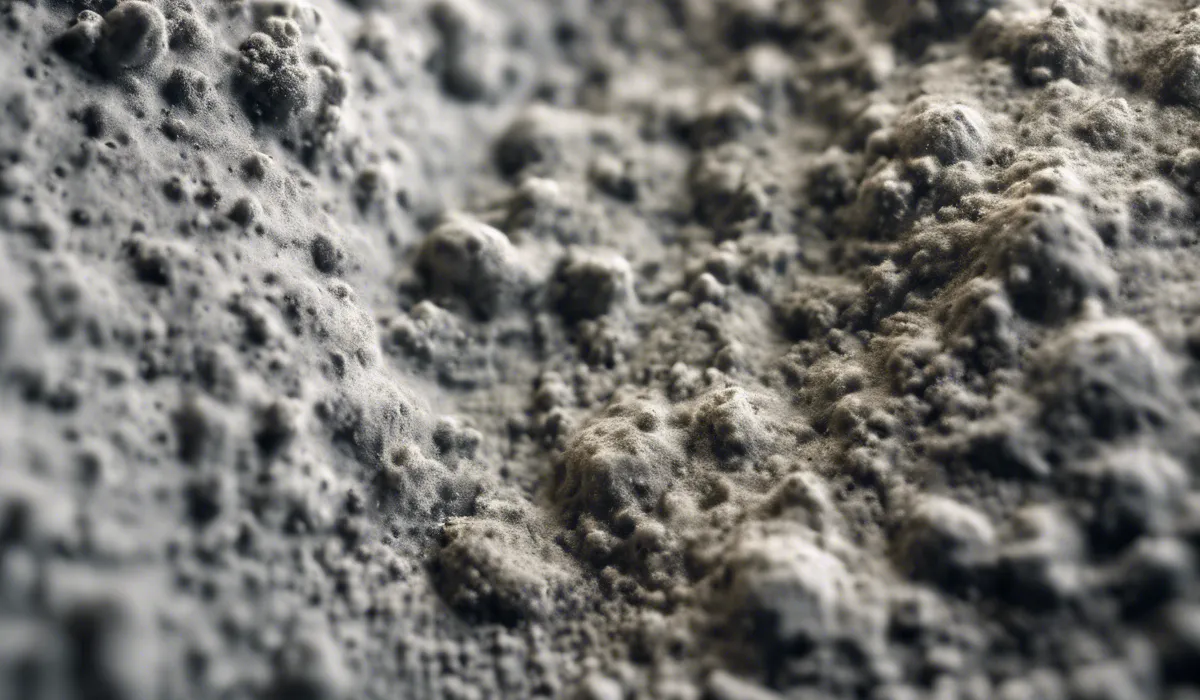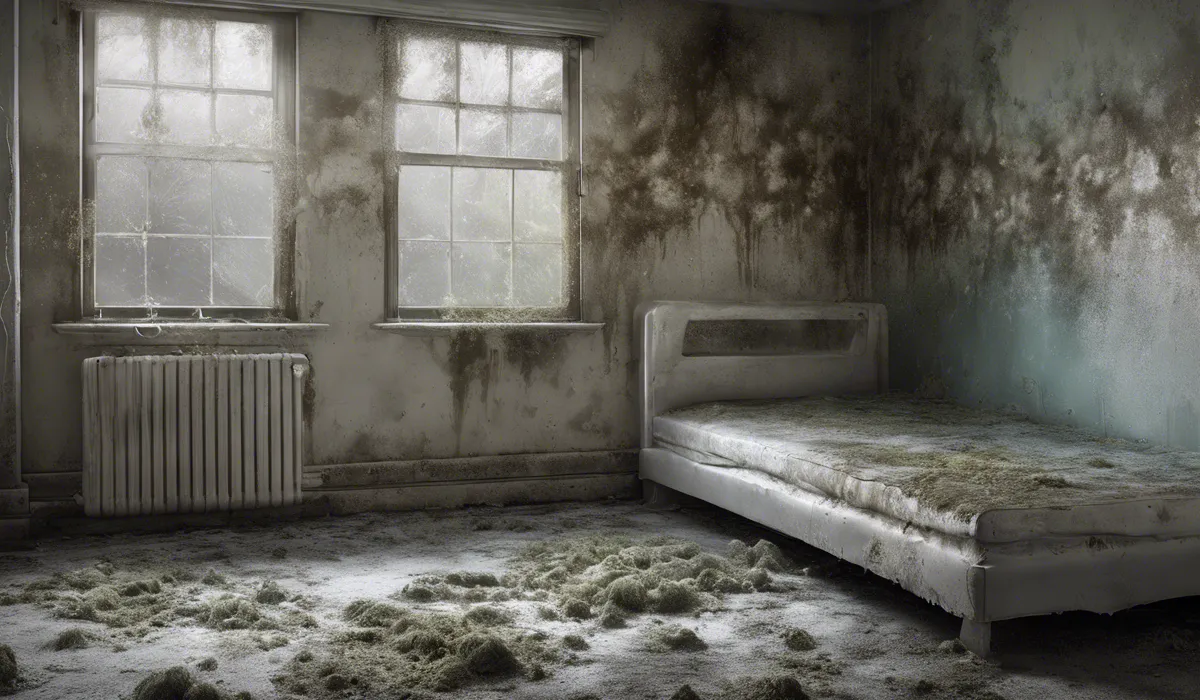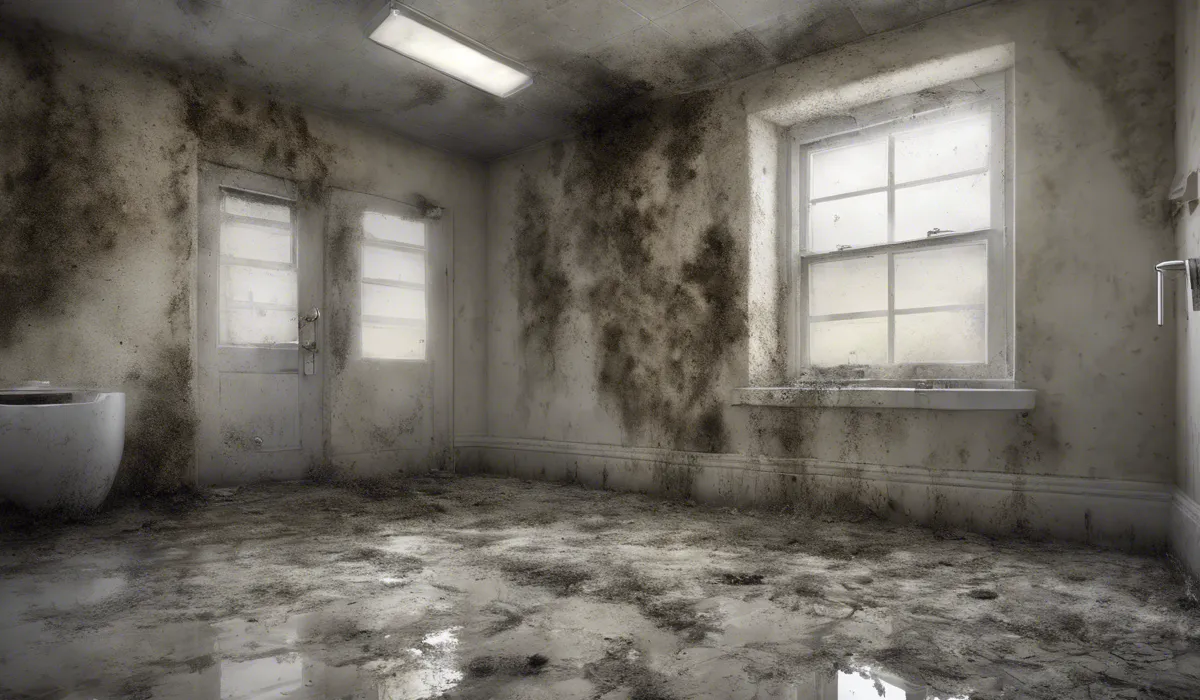The primary toxic mold is Stachybotrys chartarum, commonly known as black mold. It produces mycotoxins that can pose health risks. Other molds like Aspergillus, Penicillium, and Fusarium are also concerning, potentially releasing harmful spores. Immediate removal and professional remediation are recommended if toxic mold is identified.
Understanding Mold Toxicity

Definition of Toxic Mold
Toxic mold refers to certain types of mold that produce hazardous substances called mycotoxins.
These molds can cause health problems when people come into contact with them. It is important to understand that not all molds are toxic, but those that are can lead to serious issues, especially if they grow inside homes or workplaces.
The Concept of Mycotoxins
Mycotoxins are toxic chemicals that are produced by some types of mold. These substances can be harmful to humans and animals when inhaled, ingested, or touched.
Mycotoxins can cause a range of health problems, from mild allergic reactions to severe diseases. They are not always visible and can be present even when mold is not visibly growing.
Common Types of Toxic Mold
Several types of mold are known to be toxic. The most notorious is Stachybotrys chartarum, also known as black mold, which can produce potent mycotoxins.
Other molds like Aspergillus, Penicillium, and Fusarium can also be harmful, as they might release dangerous spores into the air.
It’s essential to be aware of these molds since they’re commonly found in damp or water-damaged areas.
Health Effects of Exposure to Toxic Molds
Exposure to toxic molds can result in a variety of health effects. People may experience symptoms such as coughing, sneezing, skin rashes, and eye irritation.
In more severe cases, mycotoxins can lead to headaches, memory loss, and even long-term respiratory issues.
Those with allergies or weakened immune systems are especially at risk for more severe health complications from toxic mold exposure.
Identifying Toxic Mold in Your Environment

Typical Locations for Mold Growth in Homes and Buildings
Mold can grow in many areas, but it thrives in damp and humid environments. Common places for mold to take hold include basements, bathrooms, kitchens, and areas around leaks in roofs or windows.
It’s also found in HVAC systems and behind walls where pipes may have leaked.
Signs and Symptoms of Mold Presence
Signs of mold in your environment can include a musty smell, visible growth on walls or ceilings, and water stains.
Symptoms that you might have mold in your home can include allergic reactions like sneezing, coughing, and itchy eyes, especially if these symptoms improve when you leave the house.
Differences Between Non-Toxic and Toxic Mold Appearances
While non-toxic molds can look similar to toxic molds, there are some differences. Toxic molds like Stachybotrys are usually black and slimy, while non-toxic molds might be lighter in color and powdery.
However, it can be hard to tell the difference, so professional testing is often needed to determine if a mold is toxic.
Professional Mold Inspection and Testing Options
If you suspect toxic mold in your home, it’s best to call in professionals. They have the tools and experience to safely test for toxic mold.
Professionals can take samples of air and surfaces in your home to determine if toxic mold is present and provide you with the best course of action.
Prevention and Remediation Strategies

Best Practices for Preventing Mold Growth
To prevent mold growth, it’s important to keep your home dry and well-ventilated. Fix leaks promptly, use dehumidifiers in damp areas, and make sure your home has good air circulation.
Regular cleaning and maintenance can also help prevent mold from getting a foothold in your home.
Humidity and Moisture Control Techniques
Controlling humidity and moisture is key to preventing mold. Use exhaust fans in bathrooms and kitchens, ensure that your dryer is vented to the outside, and check that your home’s foundation drains away rainwater effectively.
Keeping indoor humidity levels between 30-50% will help keep mold at bay.
Cleaning and Removal of Non-Toxic Molds
For non-toxic mold, you can often clean it yourself using soap and water or a mixture of bleach and water. Always wear protective gloves and a mask when cleaning mold.
Scrub the mold away from surfaces and then dry the area completely to prevent it from returning.
Professional Remediation for Toxic Mold Infestations
If toxic mold is found in your home, professional remediation is necessary. Professionals have the right equipment and expertise to remove toxic mold safely.
They will isolate the contaminated area, use air scrubbers to filter out spores, and remove any affected materials. After removal, they will clean and treat the area to prevent mold from returning.
Safety Precautions During Mold Removal
When removing mold, it’s crucial to protect yourself. Wear protective clothing, gloves, and a mask or respirator to prevent inhaling or touching mold spores.
Keep the area well-ventilated and seal off the area from the rest of the house to prevent the spread of spores. Always follow the guidance of professionals when dealing with toxic mold.
FAQs About Toxic Mold
What types of mold are considered toxic?
The primary toxic mold is Stachybotrys chartarum, also known as black mold. Other concerning types include Aspergillus, Penicillium, and Fusarium.
Why is Stachybotrys chartarum referred to as toxic mold?
Stachybotrys chartarum, or black mold, is referred to as toxic because it produces mycotoxins that can pose serious health risks to humans.
Can exposure to toxic mold cause health problems?
Yes, exposure to toxic mold can cause health problems, including respiratory issues, allergic reactions, and in severe cases, neurological problems.
How can you identify toxic mold in your home?
Toxic mold can often be identified by its appearance, typically a dark color and musty odor, but definitive identification requires professional testing.
What should you do if you find toxic mold in your home?
If toxic mold is identified in your home, immediate removal and professional remediation are recommended to mitigate health risks and prevent further growth.
Final Thoughts
The most hazardous mold is Stachybotrys chartarum, also known as black mold, which releases mycotoxins harmful to health.
Other molds, such as Aspergillus, Penicillium, and Fusarium, can also be dangerous, emitting dangerous spores.
Prompt eradication and expert remediation are crucial when these toxic molds are present to mitigate health risks.
